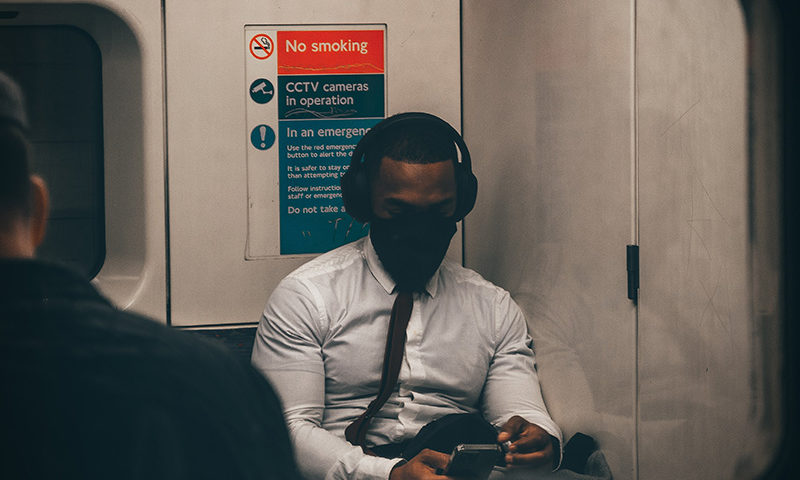Five takeaways:
- Humans have a tendency to put too much weight on the projected opinions of others. Roman Stoic philosopher Marcus Aurelius observed almost 2,000 years ago, “We all love ourselves more than other people, but care more about their opinion more than our own.” This rings true for friends, coworkers, and enemies alike. How do we overcome it?
- Evolution explains why we weigh the opinions of others so intensely: throughout human history, our survival has depended on being accepted members of close-knit clans and tribes. There was a time when being cast out of a group meant death from cold or starvation. We are wired to seek validation and belonging from those around us.
- Brooks offers three tactics for overcoming the intense anxiety tied to the opinions of others. The first is to never forget the “No One Cares!” meaning, that study after study shows that we overestimate how much people dwell on us in any way. People are probably not thinking about you.
- The second tactic: Rebel Against Your Shame. Assess the quality that you might be worried about being judged for and embrace it. Shrug it off; accept it as a part of what makes you who you are. Intentionally doing this can serve as a good reminder that the opinions of others are mostly fictional and almost always unproductive.
- Last, Stop Judging Others. As Brooks notes, the Buddha said, “Whoever judges others digs a pit for themselves.” To judge someone else is to implicitly put stock in the power of external judgement. Overcoming your own impulse to judge someone will numb the pain of the supposed judgement of others.
From Arthur C. Brooks at The Atlantic:
Read the whole story.
Note: At the time of this posting The Atlantic offers five free article views per month.




